Home>Gardening & Outdoor>Pool & Spa Care>How Often Should I Add Chlorine To My Hot Tub
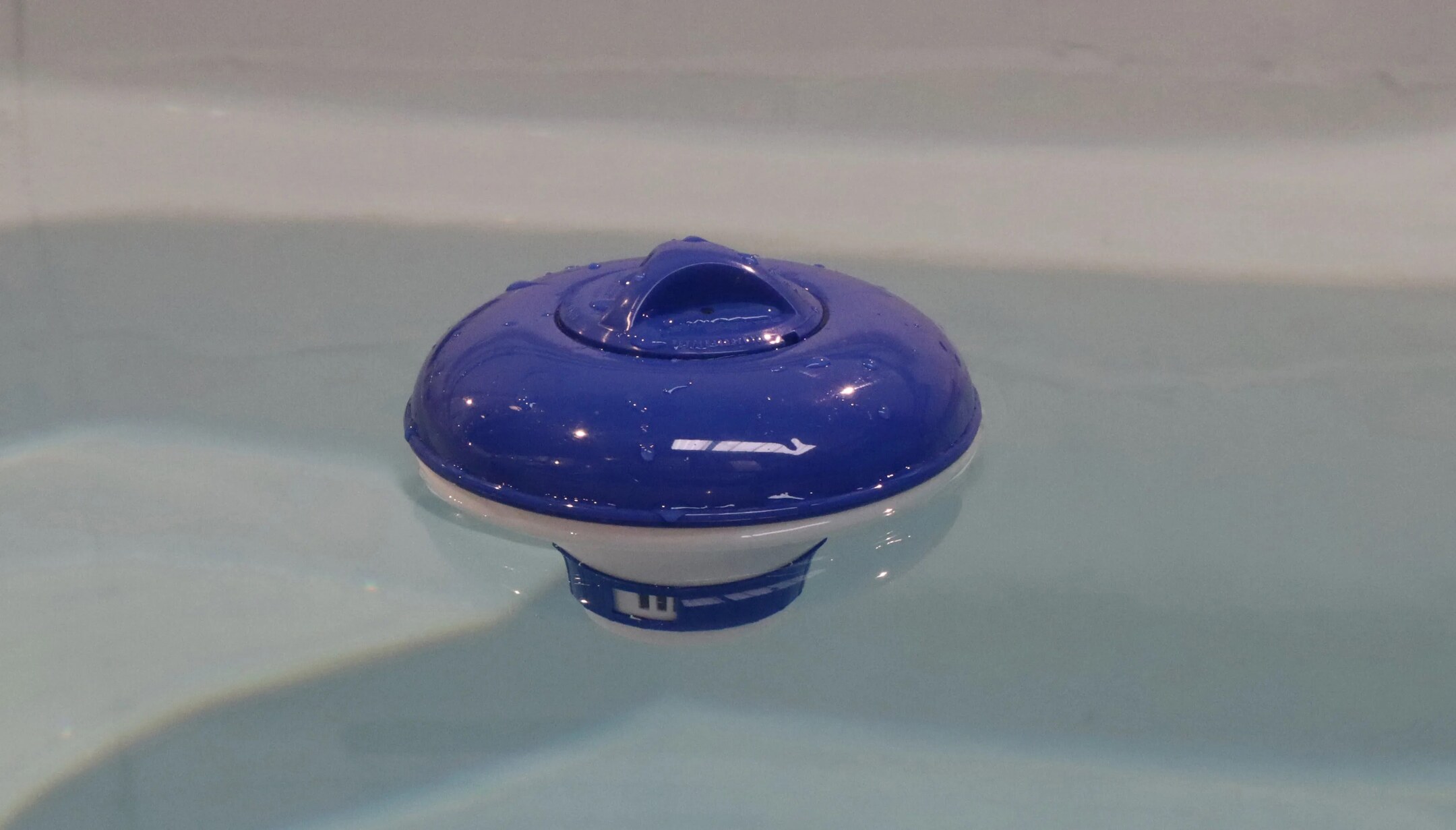

Pool & Spa Care
How Often Should I Add Chlorine To My Hot Tub
Published: December 29, 2023
Learn the best practices for maintaining your hot tub with our expert tips on pool and spa care. Discover how often to add chlorine for optimal water quality.
(Many of the links in this article redirect to a specific reviewed product. Your purchase of these products through affiliate links helps to generate commission for Storables.com, at no extra cost. Learn more)
Introduction
Welcome to the wonderful world of hot tub ownership! Whether you recently acquired a hot tub or have been enjoying its therapeutic benefits for a while, it's crucial to understand the essential aspects of proper maintenance. One of the key elements in hot tub care is maintaining appropriate chlorine levels to ensure a safe and hygienic environment for relaxation.
Chlorine plays a pivotal role in hot tub water maintenance by effectively sanitizing the water, eliminating bacteria, and preventing the growth of algae and other contaminants. This not only safeguards the health of those enjoying the hot tub but also helps preserve the tub's equipment and interior surfaces.
In this comprehensive guide, we'll delve into the significance of chlorine in hot tubs, the factors that influence chlorine levels, the recommended frequency for adding chlorine, and the importance of regularly testing chlorine levels. By the end of this article, you'll have a clear understanding of how to maintain optimal chlorine levels in your hot tub, ensuring a pristine and inviting soaking experience every time. So, let's dive in and explore the world of hot tub chlorine maintenance!
Key Takeaways:
- Regularly adding chlorine to your hot tub is crucial for keeping the water clean and safe. Factors like bather load, temperature, and sunlight exposure can affect chlorine levels, so it’s important to test and adjust as needed.
- Testing chlorine levels in your hot tub is like giving it a health check-up. By testing regularly and maintaining balanced pH and alkalinity, you can ensure that your hot tub stays inviting and enjoyable for everyone.
Read more: How Often Should You Add Chlorine To Hot Tub
Importance of Chlorine in Hot Tubs
Chlorine serves as the primary sanitizer in hot tub water, effectively eliminating harmful bacteria, viruses, and other contaminants that can compromise the water quality. By eradicating these impurities, chlorine helps create a safe and hygienic environment for hot tub users, reducing the risk of skin irritations, infections, and other waterborne illnesses.
Furthermore, chlorine plays a crucial role in preventing the growth of algae and mold, which can quickly proliferate in warm, moist environments such as hot tubs. By inhibiting the development of these unsightly and potentially hazardous organisms, chlorine helps maintain the visual clarity and overall cleanliness of the water.
In addition to safeguarding the health of hot tub users, chlorine also contributes to the preservation of the hot tub itself. By controlling bacterial growth and preventing biofilm formation, chlorine helps protect the tub’s equipment, plumbing, and interior surfaces from degradation and fouling. This, in turn, prolongs the lifespan of the hot tub and reduces the frequency of maintenance and repairs.
Overall, the presence of adequate chlorine levels in a hot tub is essential for ensuring a safe, comfortable, and enjoyable soaking experience. By effectively sanitizing the water and thwarting the proliferation of contaminants, chlorine plays a vital role in upholding the hygiene, visual appeal, and longevity of both the hot tub and its water.
Factors Affecting Chlorine Levels
Several factors can influence the chlorine levels in a hot tub, impacting its effectiveness as a sanitizer and the overall quality of the water. Understanding these factors is crucial for maintaining optimal chlorine levels and ensuring a safe and inviting hot tub environment.
- Bather Load: The number of individuals using the hot tub and the frequency of use can significantly impact chlorine levels. As more people use the hot tub, the organic contaminants introduced into the water increase, leading to a higher demand for chlorine to effectively sanitize the water.
- Temperature: Warmer water temperatures can accelerate the dissipation of chlorine, requiring more frequent monitoring and supplementation to maintain adequate levels of this sanitizer.
- Sunlight Exposure: Extended exposure to sunlight can cause chlorine to degrade more rapidly, necessitating additional chlorine to compensate for the accelerated breakdown.
- pH Levels: The pH of the hot tub water directly influences the efficacy of chlorine. If the pH deviates from the optimal range (typically 7.2–7.8), the ability of chlorine to sanitize the water diminishes, leading to the need for higher chlorine levels to achieve adequate sanitation.
- Organic Contaminants: The introduction of organic materials such as sweat, oils, and cosmetics from hot tub users can deplete chlorine levels as it works to neutralize and eradicate these contaminants. Regular shock treatments and proper filtration are essential for managing organic impurities and maintaining chlorine effectiveness.
- Water Hardness: High levels of water hardness can interfere with the performance of chlorine, requiring adjustments to the water’s calcium hardness levels to optimize the efficacy of chlorine as a sanitizer.
By taking these factors into account and proactively addressing their impact on chlorine levels, hot tub owners can effectively manage and maintain the appropriate concentration of chlorine in the water, promoting a clean, safe, and enjoyable soaking experience for all users.
It is recommended to add chlorine to your hot tub at least once a week to maintain proper sanitation levels. However, the frequency may vary depending on usage and environmental factors. Test the water regularly and adjust the chlorine levels as needed.
Recommended Frequency of Adding Chlorine
Establishing a consistent and appropriate schedule for adding chlorine to your hot tub is essential for maintaining optimal water quality and ensuring the effectiveness of this crucial sanitizer. While the specific frequency of chlorine addition can vary based on individual circumstances and environmental factors, several general guidelines can help hot tub owners determine the ideal schedule for supplementing chlorine.
First and foremost, it’s important to regularly test the chlorine levels in the hot tub water using a reliable test kit. This allows you to assess the current concentration of chlorine and make informed decisions regarding the frequency and quantity of chlorine additions. The recommended chlorine level for hot tubs typically falls within the range of 3–5 parts per million (ppm), although specific requirements may vary based on factors such as bather load and water temperature.
Based on the test results and the factors affecting chlorine levels, hot tub owners can establish a routine for adding chlorine to maintain the desired concentration. In general, it’s advisable to add chlorine to the hot tub at least once a day, especially during periods of frequent use or in response to factors that can deplete chlorine levels more rapidly, such as high bather load or elevated temperatures.
Additionally, shock treatments, which involve the use of a higher concentration of chlorine to rapidly oxidize organic contaminants and revitalize the water, should be performed on a regular basis to supplement the routine addition of chlorine. The frequency of shock treatments can vary based on usage patterns, environmental conditions, and the specific products used, but a weekly shock treatment is often recommended to maintain water clarity and sanitation.
It’s important to note that the recommended frequency of adding chlorine may need to be adjusted based on individual circumstances and ongoing monitoring of chlorine levels. By staying attentive to the factors influencing chlorine concentration and consistently testing and treating the water, hot tub owners can effectively manage chlorine levels and uphold a pristine and inviting hot tub environment for all to enjoy.
Testing Chlorine Levels
Regularly testing the chlorine levels in your hot tub is a fundamental aspect of maintaining water quality and ensuring a safe and hygienic environment for relaxation. By monitoring chlorine levels through accurate testing methods, hot tub owners can make informed decisions regarding the addition of chlorine and other water treatment products, ultimately promoting a clean and inviting soaking experience for all users.
There are several methods available for testing chlorine levels in a hot tub, each offering unique benefits and varying levels of precision:
- Test Strips: Test strips are a convenient and straightforward option for quickly assessing chlorine levels. By dipping a test strip into the hot tub water and comparing the resulting color changes to a provided color chart, hot tub owners can gauge the concentration of chlorine and adjust treatment as needed.
- Liquid Test Kits: Liquid test kits offer a more precise means of measuring chlorine levels, typically utilizing reagents and color-matching techniques to determine the exact concentration of chlorine in the water. While they require a bit more time and effort than test strips, liquid test kits provide accurate results for informed decision-making.
- Digital Testers: Digital testers provide a high level of accuracy and ease of use, offering precise measurements of chlorine levels through advanced technology. While they may require a higher initial investment, digital testers deliver reliable results and streamline the testing process.
The frequency of testing chlorine levels can vary based on factors such as hot tub usage, environmental conditions, and the stability of water chemistry. In general, it’s advisable to test the chlorine levels at least two to three times per week, especially during periods of heavy hot tub use or when external factors such as temperature and sunlight exposure are likely to impact chlorine concentration.
When testing chlorine levels, it’s important to also assess the pH and total alkalinity of the hot tub water, as these factors can influence the effectiveness of chlorine and the overall water quality. Maintaining balanced pH and alkalinity levels is essential for maximizing the sanitizing power of chlorine and promoting a comfortable and safe soaking environment.
By integrating regular testing of chlorine levels into your hot tub maintenance routine and proactively addressing any fluctuations or deficiencies, you can uphold optimal water quality and ensure that chlorine effectively fulfills its role as a sanitizer, creating a pristine and inviting environment for hot tub enjoyment.
Read more: How Much Chlorine Should I Put In My Hot Tub
Conclusion
As a hot tub owner, understanding the significance of chlorine in maintaining water quality is essential for preserving a safe, hygienic, and enjoyable soaking environment. By recognizing the pivotal role of chlorine as a sanitizer and its impact on water quality, hot tub enthusiasts can proactively manage chlorine levels and uphold pristine conditions for relaxation and rejuvenation.
Factors such as bather load, temperature, sunlight exposure, pH levels, organic contaminants, and water hardness can influence the efficacy of chlorine in a hot tub, necessitating careful monitoring and proactive maintenance to ensure optimal water quality. By addressing these factors and regularly testing chlorine levels, hot tub owners can effectively manage chlorine concentration and promote a clean and inviting environment for all users.
Establishing a consistent schedule for adding chlorine and performing routine shock treatments as needed are essential components of maintaining appropriate chlorine levels in a hot tub. By adhering to recommended guidelines and staying attentive to the specific needs of the hot tub, owners can uphold the efficacy of chlorine as a sanitizer and preserve the visual clarity and comfort of the water.
Regular testing of chlorine levels is a fundamental practice for hot tub maintenance, providing valuable insights into water quality and guiding informed decisions regarding chlorine supplementation and other water treatment measures. By integrating regular testing into the maintenance routine and addressing any fluctuations or deficiencies promptly, hot tub owners can ensure that chlorine effectively fulfills its role in creating a safe and inviting environment for relaxation.
In conclusion, by prioritizing the maintenance of appropriate chlorine levels and staying attentive to the factors influencing chlorine concentration, hot tub owners can cultivate a clean, safe, and rejuvenating environment for all to enjoy. With a proactive approach to chlorine maintenance and water quality management, hot tub enthusiasts can look forward to countless relaxing and revitalizing experiences in their cherished aquatic retreat.
Frequently Asked Questions about How Often Should I Add Chlorine To My Hot Tub
Was this page helpful?
At Storables.com, we guarantee accurate and reliable information. Our content, validated by Expert Board Contributors, is crafted following stringent Editorial Policies. We're committed to providing you with well-researched, expert-backed insights for all your informational needs.
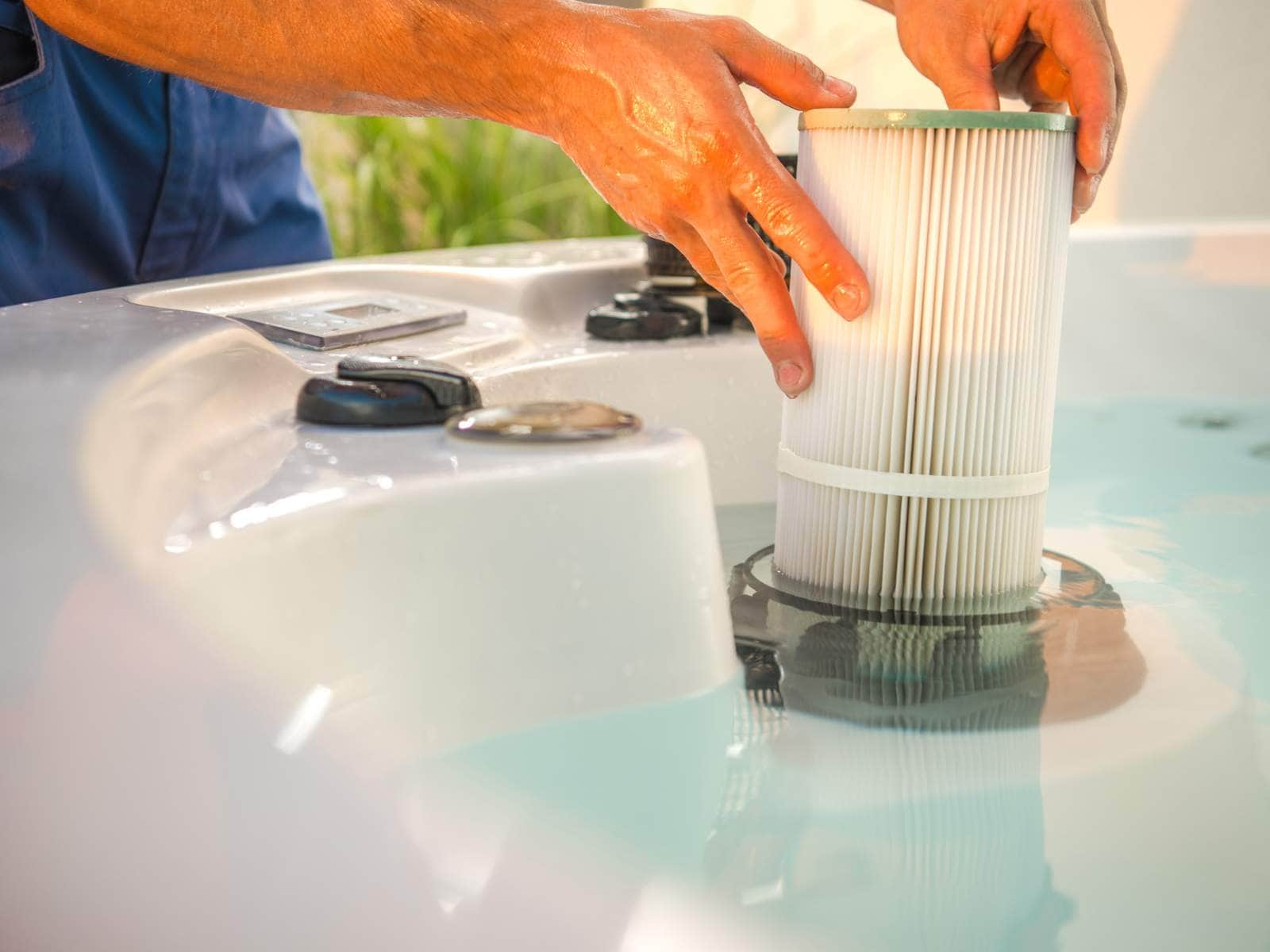
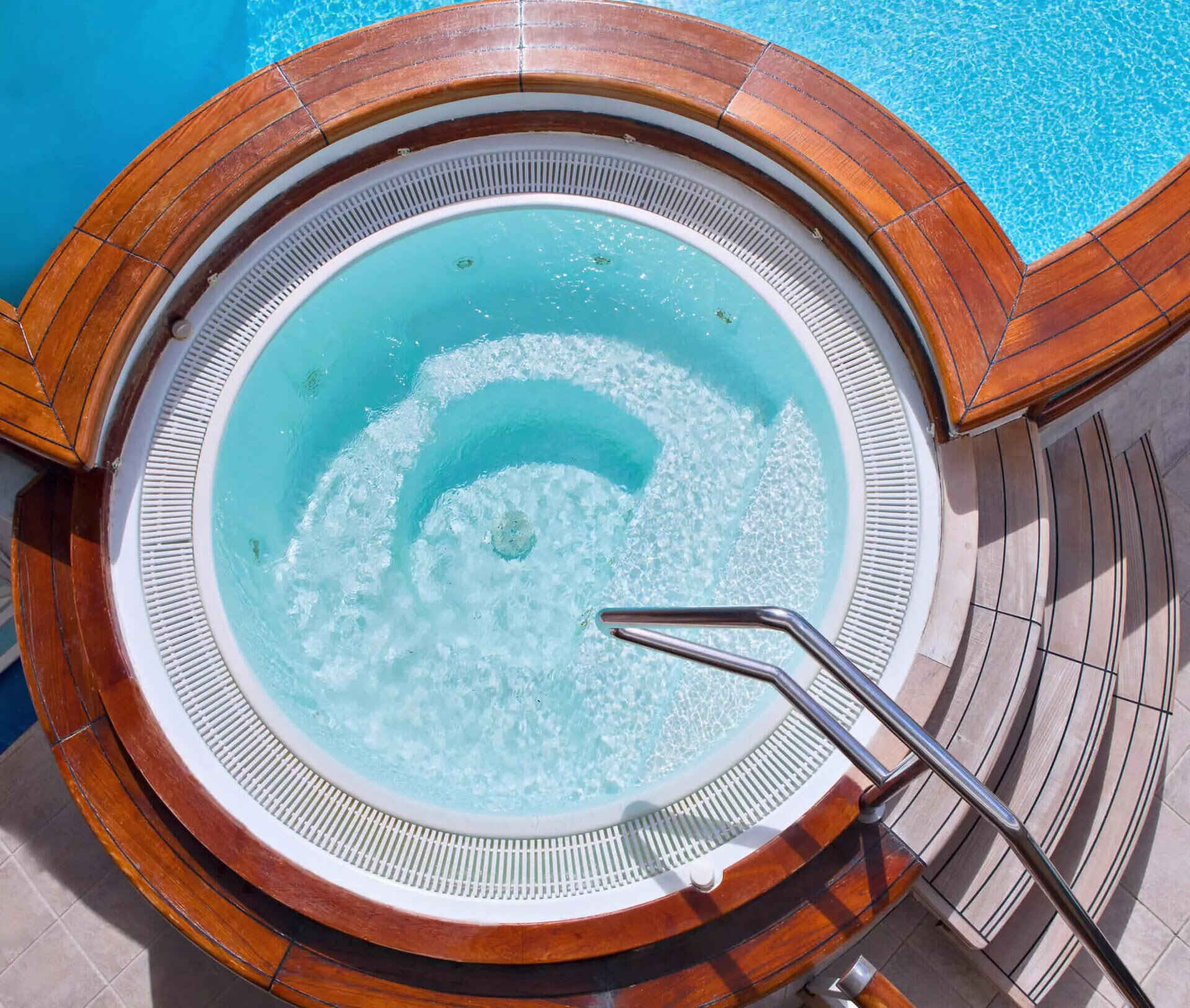
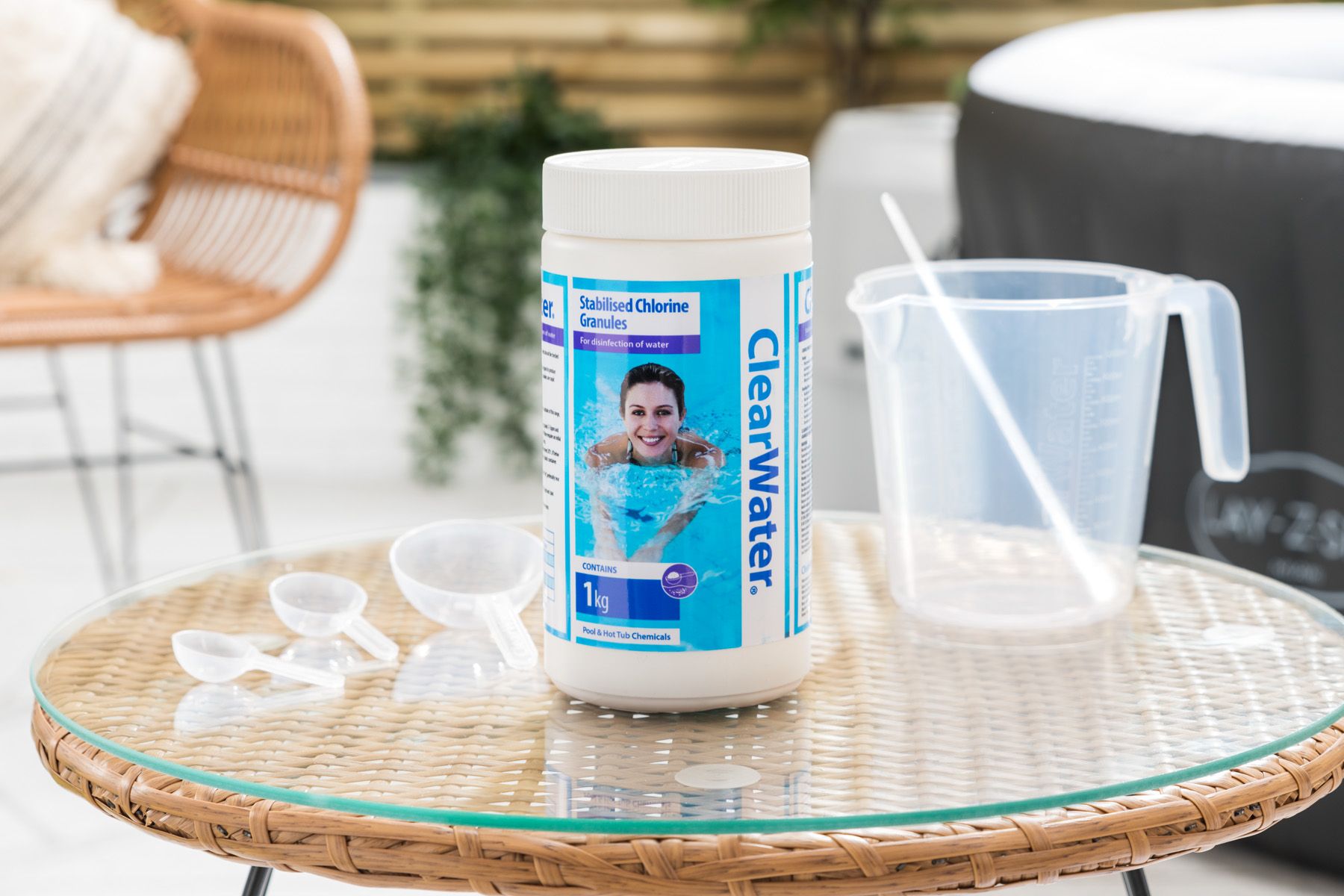
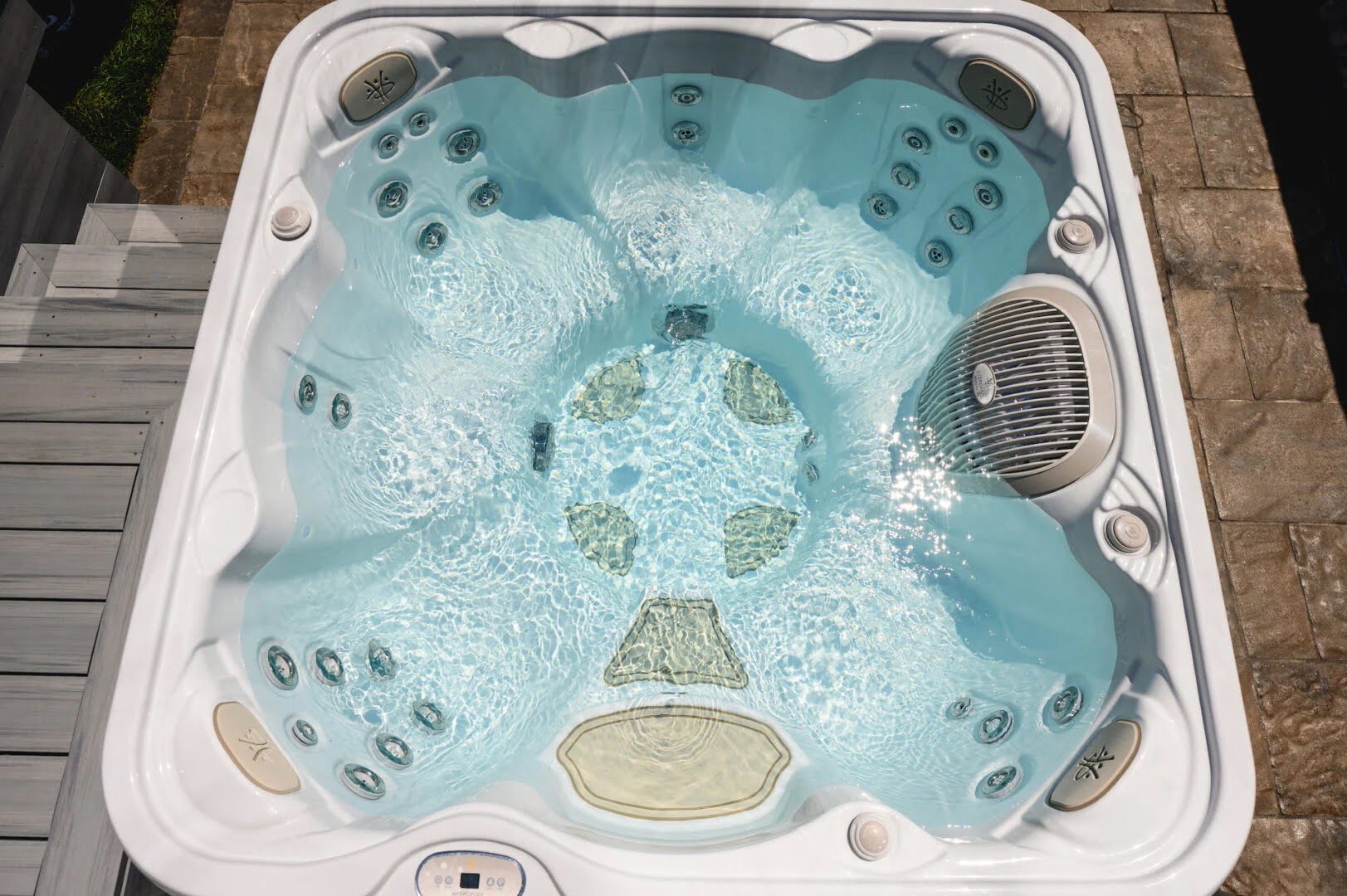
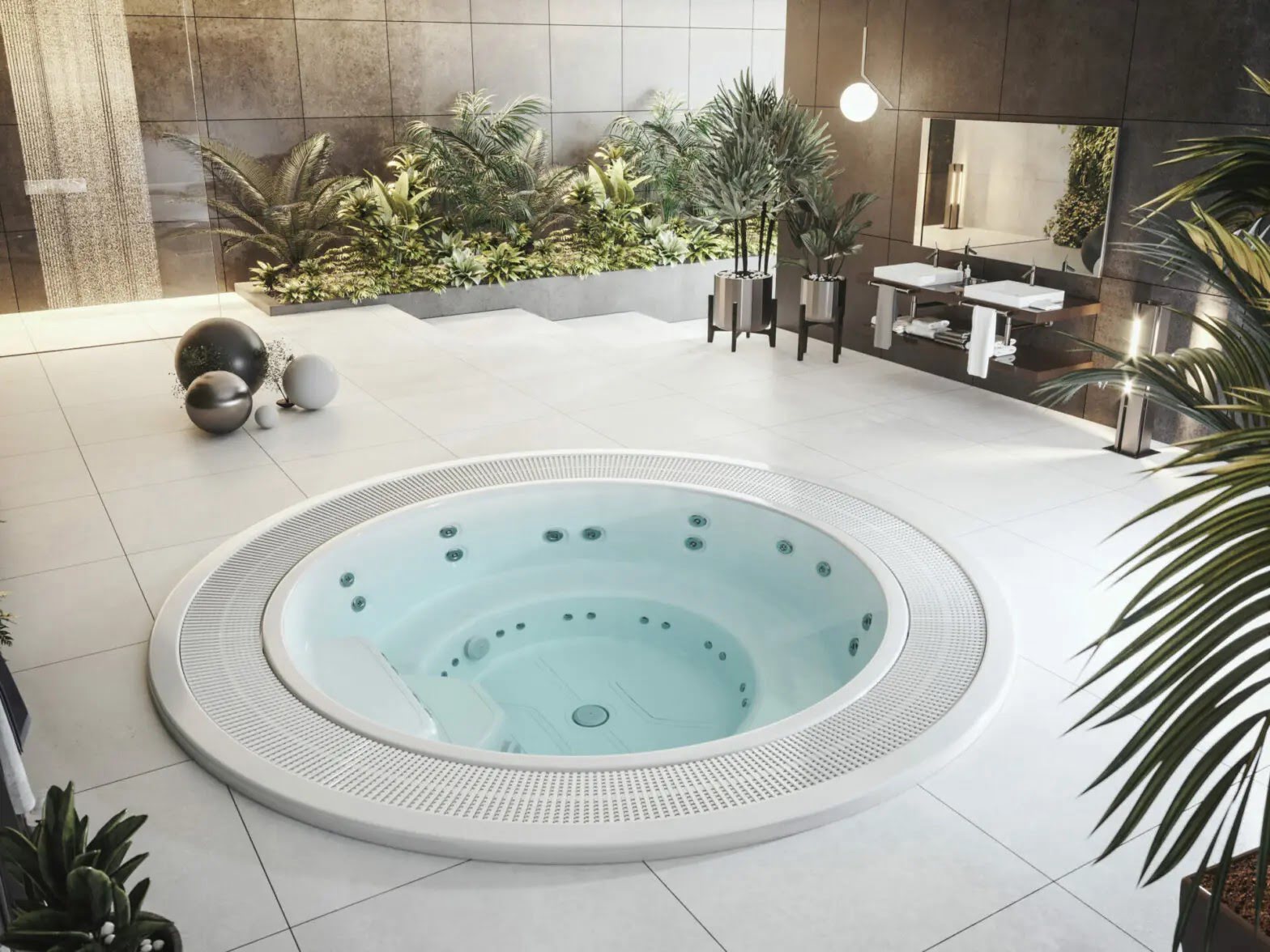
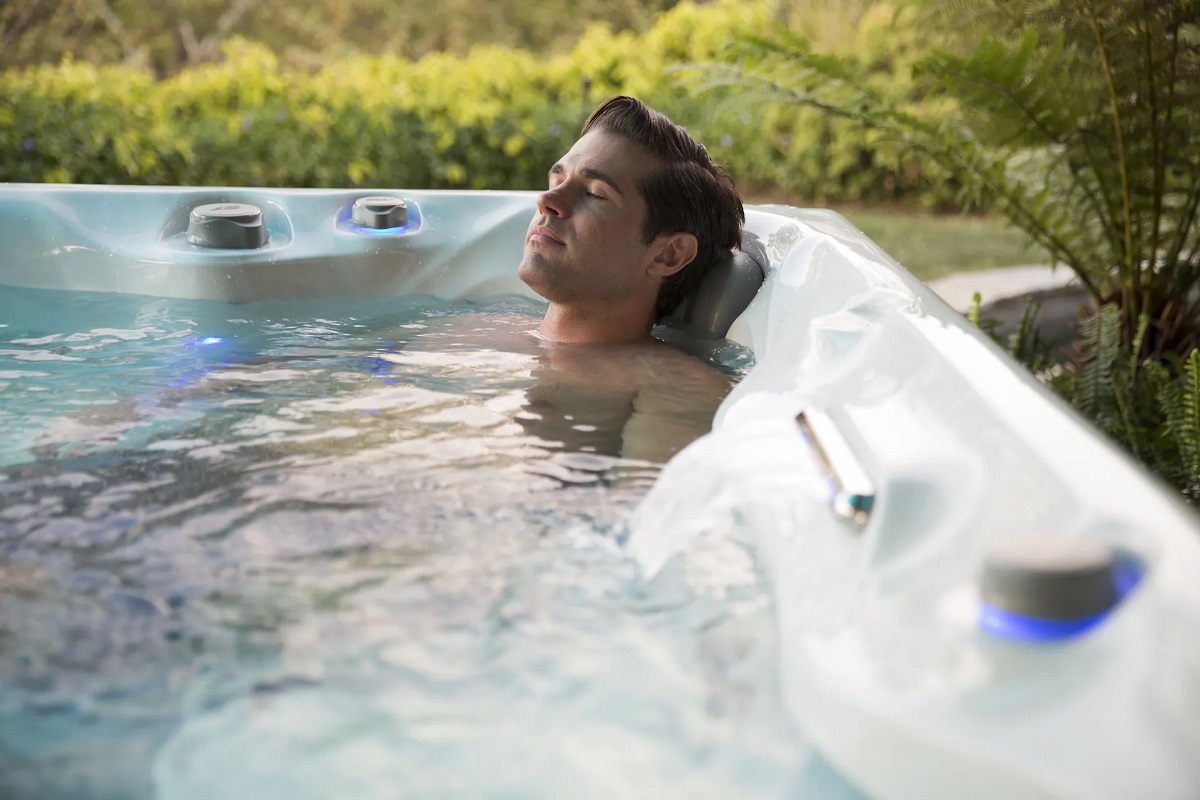
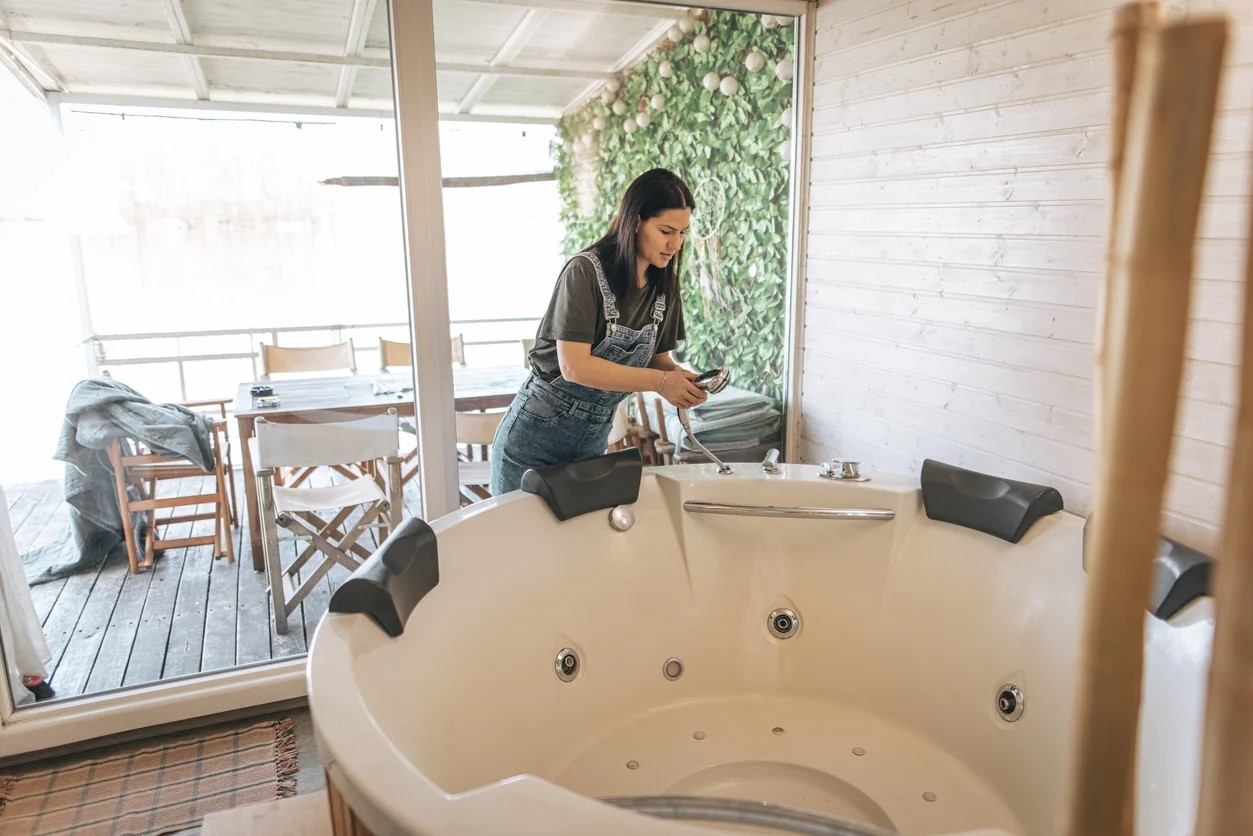
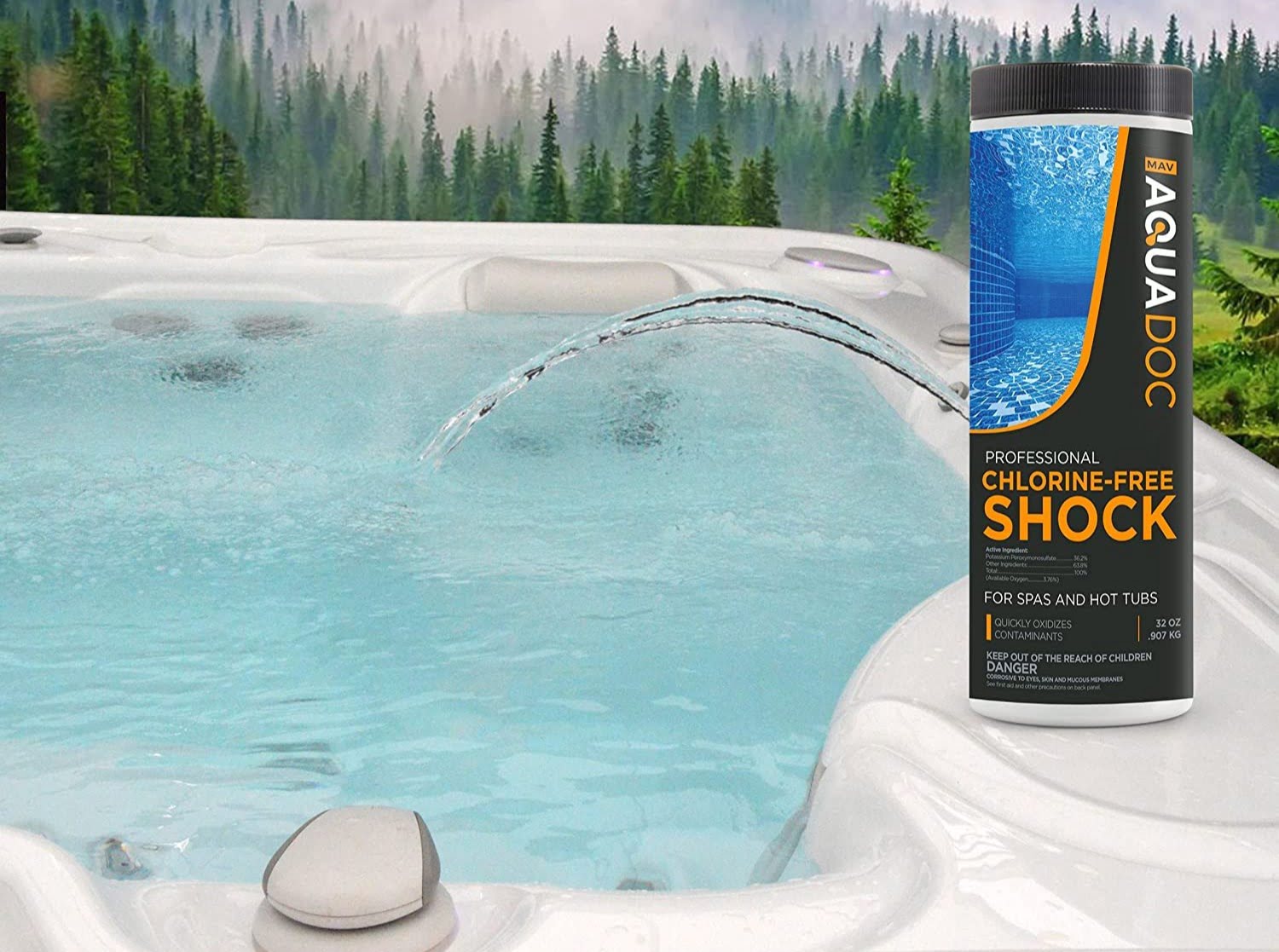
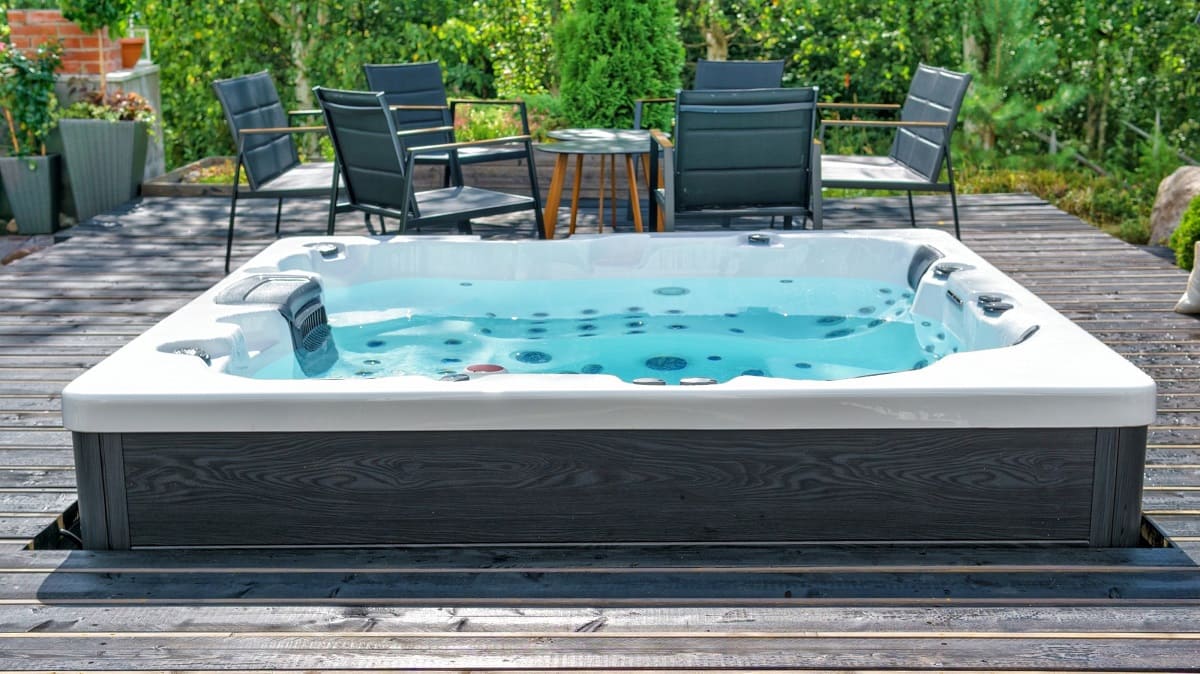
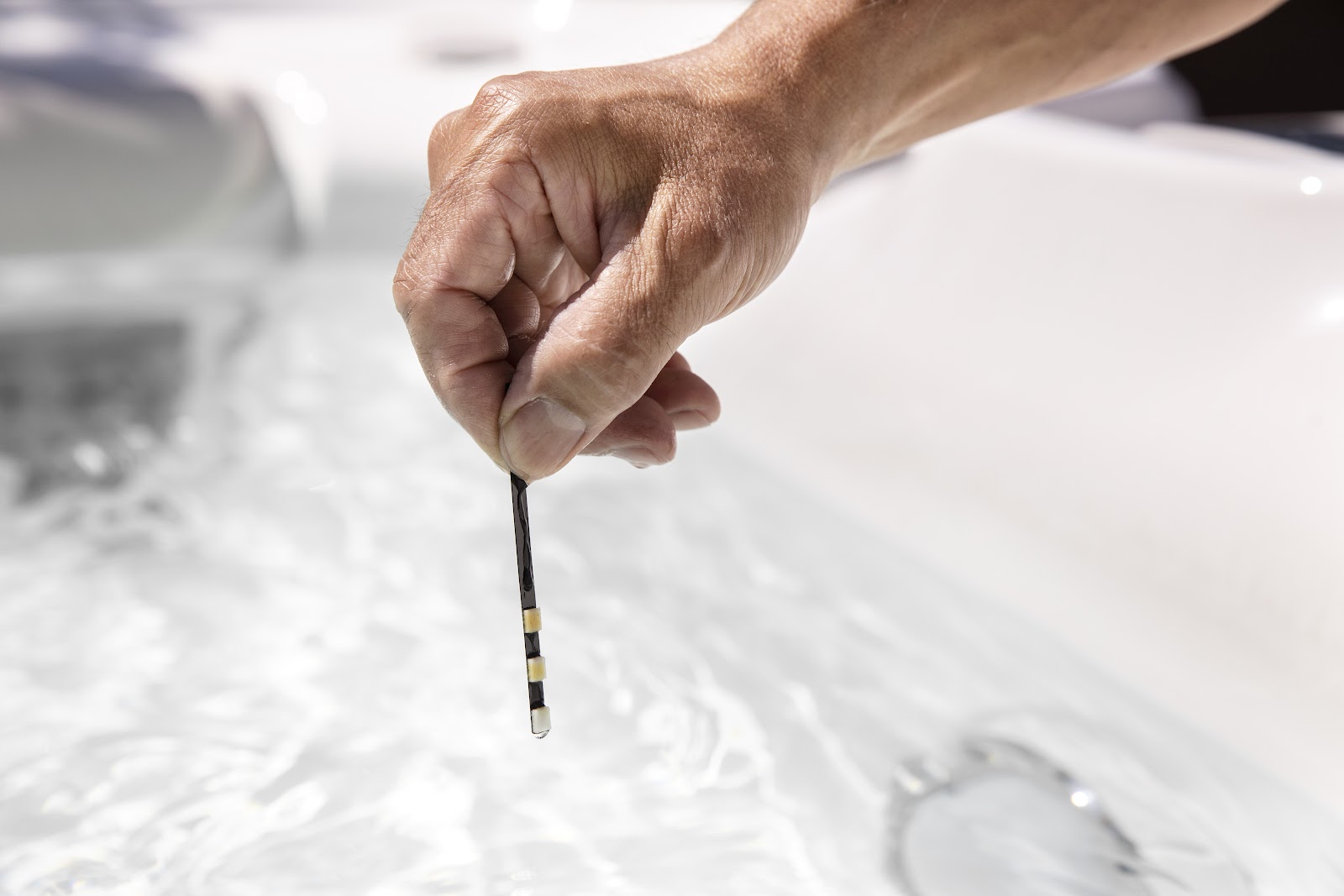
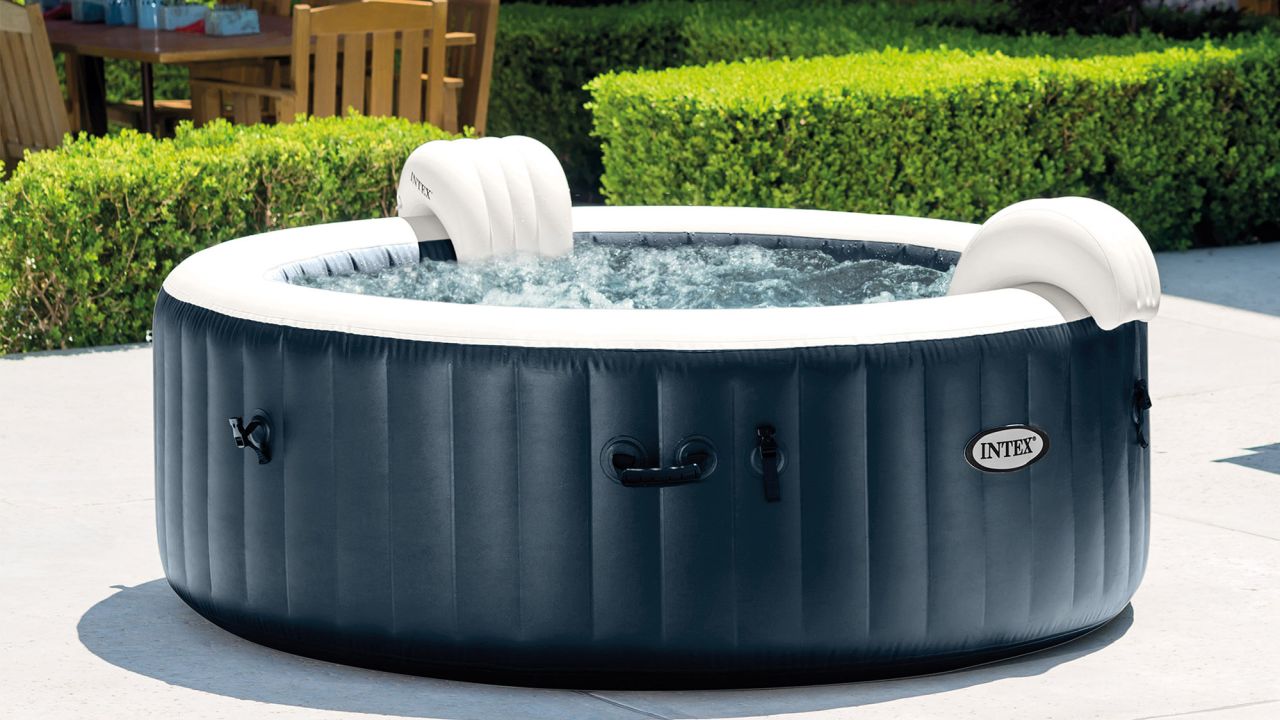
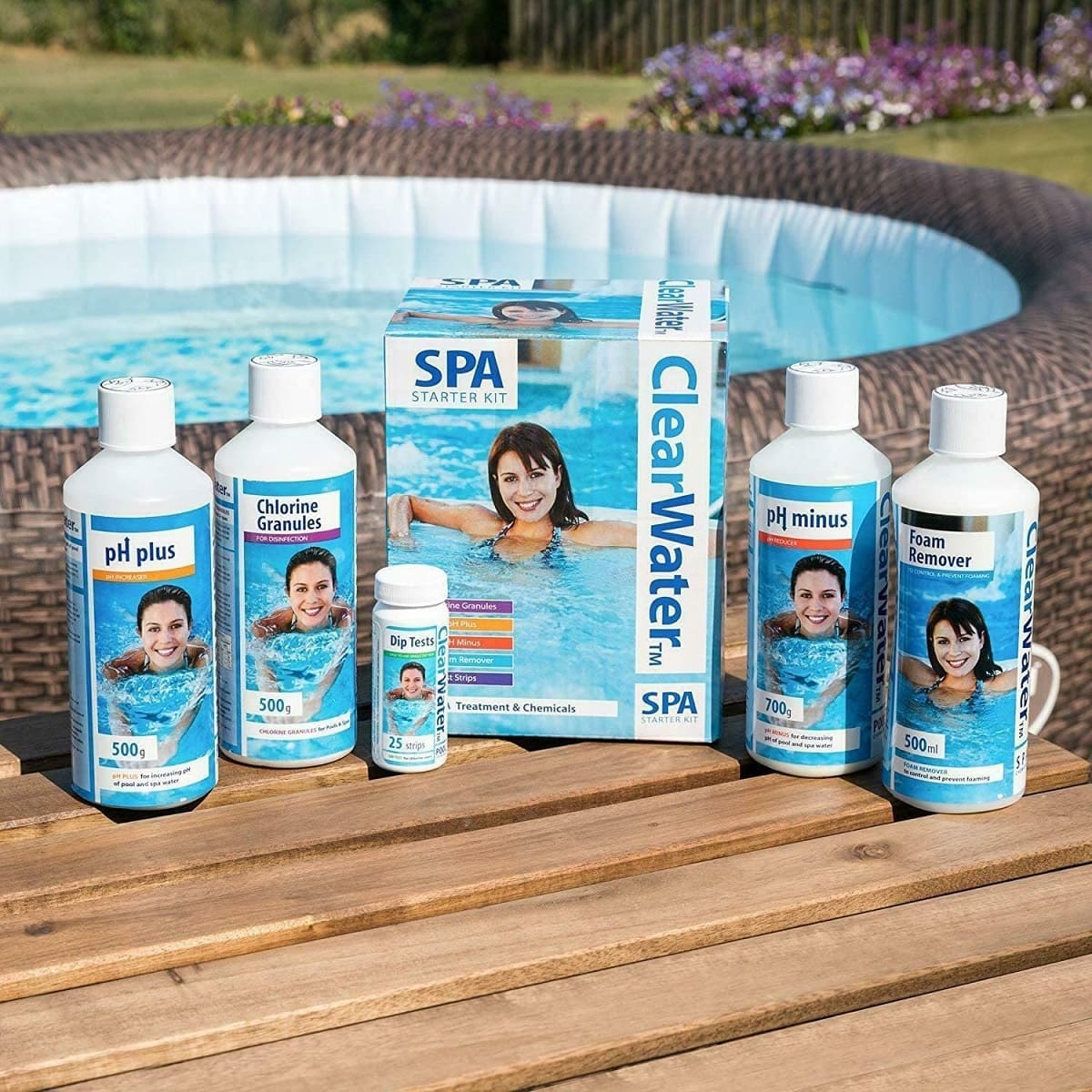
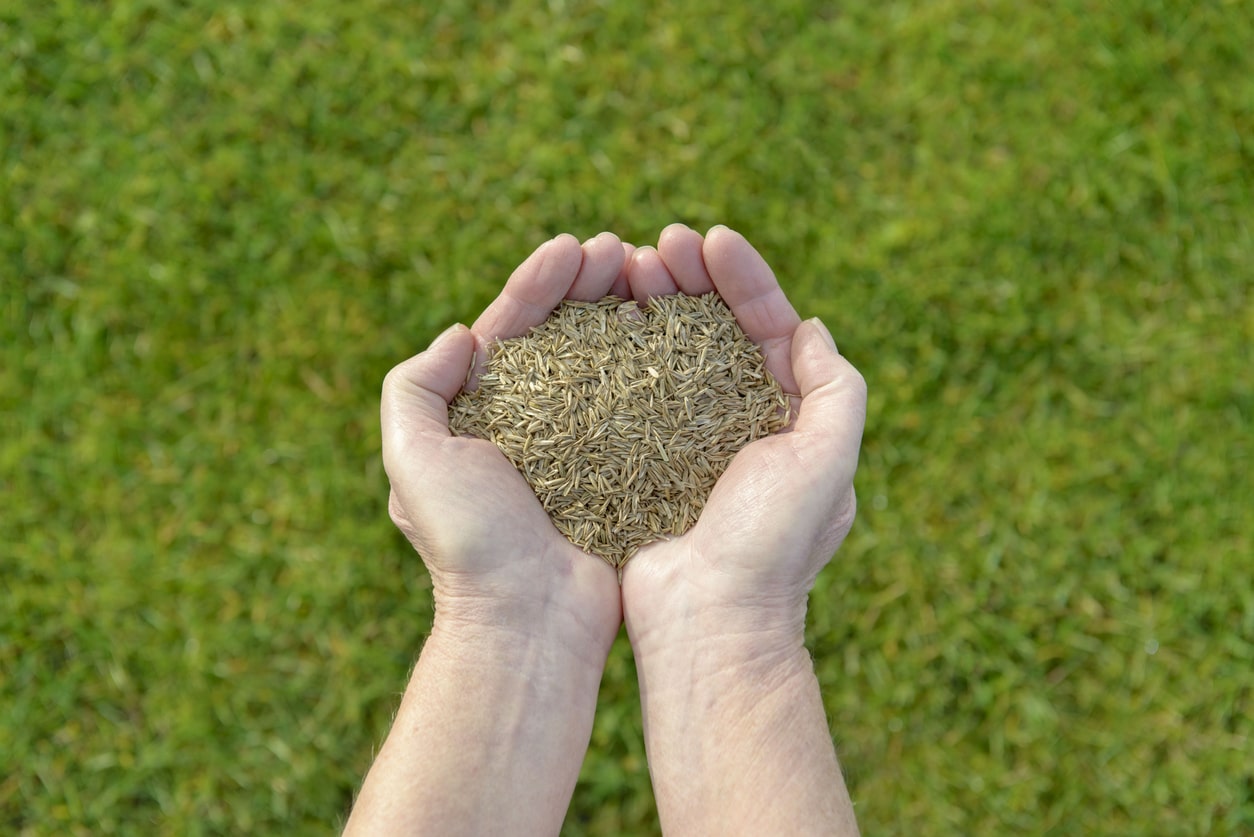
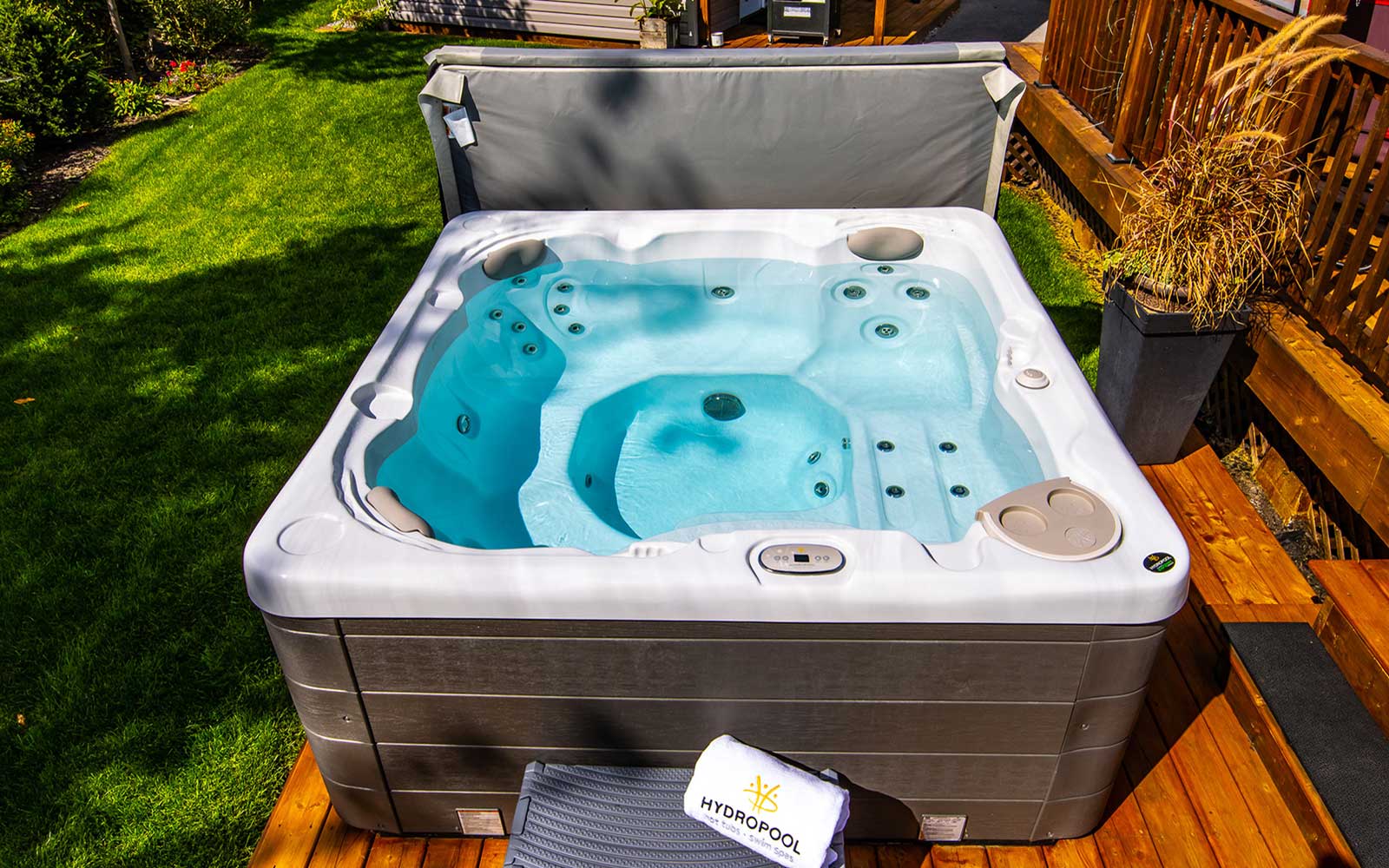

0 thoughts on “How Often Should I Add Chlorine To My Hot Tub”